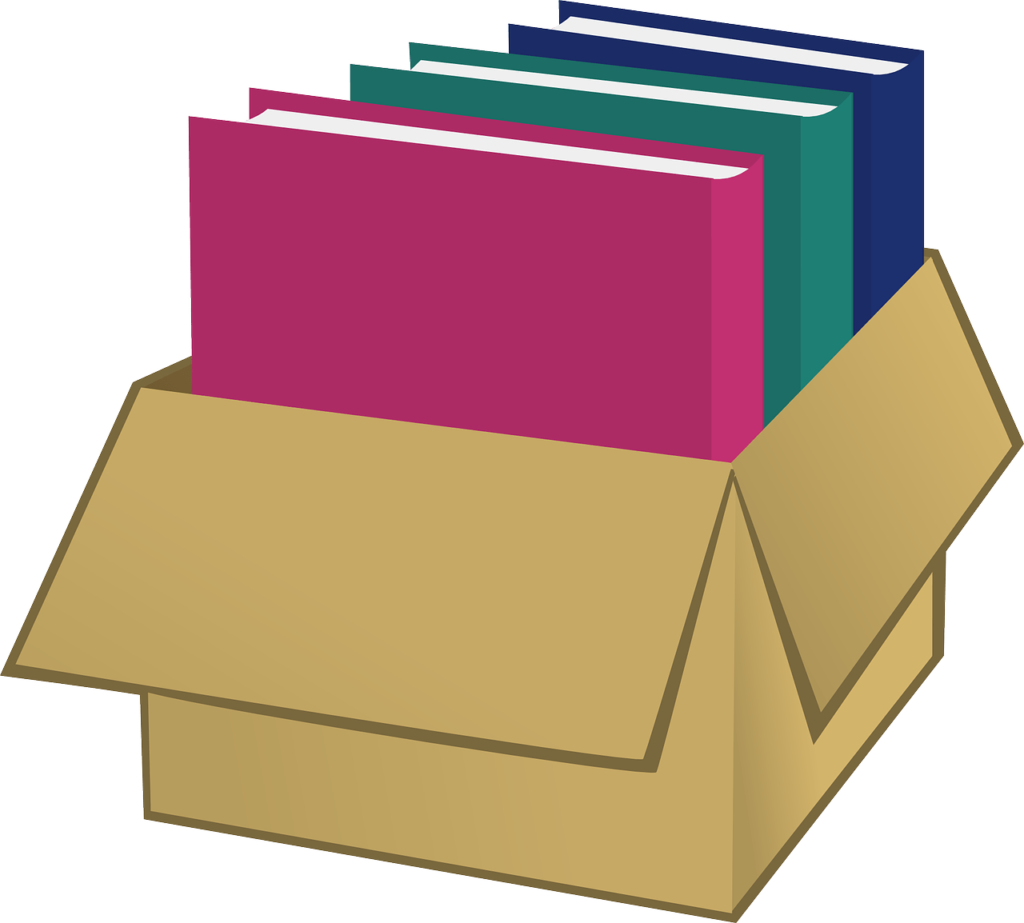Quick Cleanup Tips for the Playroom
Are you tired of the constant mess in your child’s playroom? Keeping a playroom clean and organized can feel like a never-ending battle, but fear not! With a few quick cleanup tips, you can transform that chaotic space into a tidy and functional area where your kids can play and learn. Let’s dive into some strategies for efficiently tidying up the playroom and maintaining it for the long run.

Declutter and Sort Toys
The first step to quick cleanup in the playroom is decluttering and sorting through the toys. Encourage your child to choose their favorite toys and set aside the ones they no longer play with. Donate or store the toys that are no longer in use to free up space and reduce clutter in the room. This process can be a great opportunity to teach your child about the importance of organization and giving back to others in need.
Invest in Smart Storage Solutions
Invest in smart storage solutions to keep the playroom organized and clutter-free. Use bins, baskets, shelves, and containers to categorize toys, books, and art supplies. Label each storage container with pictures or words to help your child identify where things belong. Opt for stackable bins or wall-mounted shelves to maximize floor space and keep the playroom looking neat and tidy.
Create a Daily Cleanup Routine
Establish a daily cleanup routine for your child to follow after playtime. Set aside a specific time at the end of each day to tidy up the playroom together. Encourage your child to pick up toys, books, and games and put them back in their designated place. Make cleanup a fun and interactive activity by turning on music or setting a timer to motivate your child to finish quickly. Consistency is key to instilling good habits and keeping the playroom organized.
Implement Toy Rotation System
Consider implementing a toy rotation system to keep things fresh and exciting in the playroom. Rotate toys in and out every few weeks to maintain your child’s interest and prevent the space from becoming overcrowded. Store away some toys in bins or closets and swap them out periodically to create a new play experience. This system not only keeps clutter at bay but also encourages creativity and imaginative play among children.

Set Up a Cleaning Station
Designate a cleaning station in the playroom to encourage your child to take responsibility for their space. Equip the station with child-friendly cleaning tools like small brooms, dustpans, and dusters. Teach your child how to use these tools properly and incorporate cleaning into their playtime routine. By involving your child in the cleaning process from a young age, you are fostering a sense of ownership and teaching valuable life skills.
Enforce Toy Cleanup Before New Activities
Before your child moves on to a new activity or leaves the playroom, make it a rule to clean up the toys they were playing with. This habit helps instill responsibility and accountability in your child while keeping the playroom organized throughout the day. Encourage your child to take pride in their play space and show respect for their belongings by putting things back where they belong. Consistent reinforcement of this rule will help make cleanup a natural part of playtime.

Utilize Multipurpose Furniture
Opt for multipurpose furniture in the playroom to maximize space and storage options. Choose pieces like storage benches, ottomans with hidden compartments, or bookcases with built-in toy storage. These versatile furniture items not only provide seating and surface areas for play but also offer additional storage space for toys, books, and art supplies. Utilizing multipurpose furniture helps keep the playroom clutter-free and functional for both play and storage needs.
Establish Clear Zones for Different Activities
Create clear zones within the playroom for different activities such as building, reading, crafting, and pretend play. Use rugs, shelves, or furniture to delineate these areas and make it easier for your child to understand where each activity should take place. By setting up designated areas for specific play activities, you can maintain organization in the playroom and prevent toys from mixing together and creating chaos. Encourage your child to respect these zones and keep them tidy after each play session.

Teach Kids the KonMari Folding Method
Introduce your child to the KonMari folding method to organize their clothes and linens in the playroom. Teach them how to fold clothes vertically and store them in drawers or bins for easy access. This folding technique not only maximizes storage space but also allows your child to see all their clothing options at a glance. By involving your child in the folding and organizing process, you are empowering them to take control of their belongings and develop good habits that will last a lifetime.
Use Color-Coded Storage System
Implement a color-coded storage system to help your child quickly identify where toys and items belong in the playroom. Assign a specific color to each category of toys or supplies, such as blue for building blocks, red for art supplies, and green for stuffed animals. Use colored bins, labels, or tags to match the color-coding system and make cleanup a breeze for your child. This visual organization method not only simplifies the cleanup process but also teaches your child valuable sorting and categorization skills.

Rotate Artwork on Display
Rotate your child’s artwork on display in the playroom to showcase their creativity and keep the space fresh. Use gallery walls, bulletin boards, or magnetic frames to easily swap out and exhibit your child’s latest masterpieces. Encourage your child to participate in selecting which artwork to display and change it up periodically to inspire new artistic endeavors. Displaying your child’s artwork proudly not only adds a personal touch to the playroom but also celebrates their accomplishments and boosts their confidence.
Organize Books and Reading Nooks
Create an inviting reading nook in the playroom by organizing books and setting up a cozy seating area for your child to enjoy reading. Group books by genre, author, or series and display them on kid-friendly bookshelves or storage bins. Add comfortable seating like bean bags, cushions, or floor pillows to create a cozy spot for your child to immerse themselves in a good book. Encouraging reading in the playroom not only fosters a love for books but also promotes relaxation and quiet playtime.
Reevaluate and Adjust Setup Regularly
Regularly reevaluate the setup and organization of the playroom to ensure it remains functional and tailored to your child’s needs. As your child grows and their interests change, adjust the layout, storage solutions, and activity areas accordingly. Take feedback from your child on what works and what doesn’t in the playroom and make adjustments to optimize the space for play and learning. By regularly reevaluating and adjusting the setup, you can keep the playroom dynamic and engaging for your child.
Bonus Tip: Make Cleanup a Game
Turn cleanup time into a fun and engaging game for your child to enjoy. Create challenges, competitions, or races to motivate your child to pick up toys and put them in their designated places quickly. Use songs, timers, or rewards to make the cleanup process exciting and interactive. By making cleanup a game, you can transform a mundane chore into a playful activity that your child looks forward to each day.
In conclusion, maintaining a clean and organized playroom doesn’t have to be a daunting task. By implementing these quick cleanup tips and strategies, you can create a functional and inviting space for your child to play, learn, and grow. Remember to involve your child in the cleanup process, establish routines, and utilize smart storage solutions to keep the playroom tidy and clutter-free. With a little effort and creativity, you can transform the playroom into a well-organized haven that both you and your child will love spending time in.

